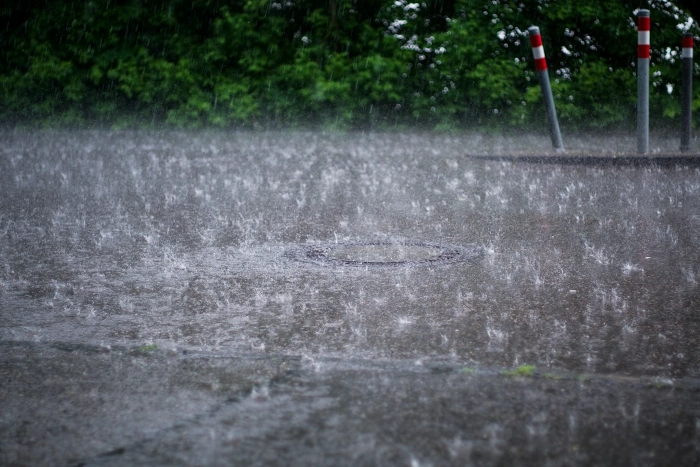Understanding the Link Between Atmospheric Rivers and Climate Change

-
What Are Atmospheric Rivers?
- How Long Do Atmospheric Rivers Last?
- How Often Do Atmospheric Rivers Occur in California?
-
Understanding the Impact of Climate Change on Atmospheric Rivers
One phenomenon that has recently gained attention is the presence of atmospheric rivers, powerful streams of moisture that flow through the Earth's atmosphere.
These rivers are responsible for transporting vast amounts of water vapor across long distances, often leading to extreme precipitation events that can cause significant flooding and storms.
As I write this article in early February of 2024, an intense, long-lasting atmospheric river is currently moving across California, threatening millions.
What Are Atmospheric Rivers?
Atmospheric Rivers originate in the tropics or subtropics, where warm air evaporates water from the ocean's surface.
Long streams of water vapor form about one mile in the atmosphere.
This moisture-laden air is transported poleward, usually along the west coasts of continents, due to prevailing winds.
When the vapor streams reach the middle latitude mountain ranges such as the Sierra Nevada, they are forced up, cool off, and condense into vast amounts of precipitation.
These events can result in heavy rainfall, leading to immediate and long-term consequences such as flooding, landslides, and soil erosion.
How Long Do Atmospheric Rivers Last?
Atmospheric rivers can vary greatly in size and strength.
Smaller atmospheric rivers can typically last two to three days, while major atmospheric rivers can last around 40 days, causing megafloods.
In 1861, intense rainstorms pounded central California for 43 days. Thousands of people died, and downtown Sacramento was submerged under 10 feet of water.
Climate scientists hypothesize that an exceptionally strong atmospheric river caused this flood.
Based on sediment deposits in California, scientists believe massive floods like the one in 1861 occur every 200 years or so.
How Often Do Atmospheric Rivers Occur in California?
As many as nine atmospheric rivers hit California each year.
“One well-known atmospheric river called the “Pineapple Express” picks up warm, moist air near Hawaii. When the Pineapple Express hits land in the Western United States and Canada, it can cause heavy rain and snow. In California, it can cause up to 5 inches of rain in a day.” - NOAA SciJinks
Understanding the Impact of Climate Change on Atmospheric Rivers
As global temperatures rise from climate change, the intensity and frequency of atmospheric rivers are expected to increase.
While atmospheric rivers can vary greatly in size and strength, the average atmospheric river carries an amount of water vapor roughly equivalent to the average water flow at the Mississippi River's mouth.
Exceptionally strong atmospheric rivers can transport up to 15 times that amount.
The link between climate change and atmospheric rivers is becoming increasingly evident.
"If temperatures get warmer, evaporation from the surface will increase, and so will the amount of water in the atmosphere." - LiveScience
As the Earth's temperature rises due to global warming, the atmosphere's capacity to hold moisture also increases.
A warmer atmosphere holds more moisture. According to climate scientists, the atmosphere can hold about seven percent more moisture per 1.8°F (1°C) of warming.
This, in turn, intensifies the amount of water vapor transported by atmospheric rivers, leading to more extreme rainfall events and the potential for widespread flooding.
Additionally, changes in atmospheric circulation patterns caused by climate change can affect the frequency and duration of atmospheric river events, further exacerbating their impacts.
For example, some regions may experience more frequent and intense atmospheric rivers, while others may see a decrease in their occurrence.
Final Thoughts on Climate Change and Atmospheric Rivers
The connection between climate change and atmospheric rivers is undeniable.
Understanding and addressing this relationship is crucial for our ability to adapt to the changing climate and protect our communities and ecosystems from the impacts of these powerful weather phenomena.
By taking proactive measures and working towards sustainable solutions, we can minimize the risks associated with atmospheric rivers and build a more resilient future.
-
What Are Atmospheric Rivers?
- How Long Do Atmospheric Rivers Last?
- How Often Do Atmospheric Rivers Occur in California?
-
Understanding the Impact of Climate Change on Atmospheric Rivers





